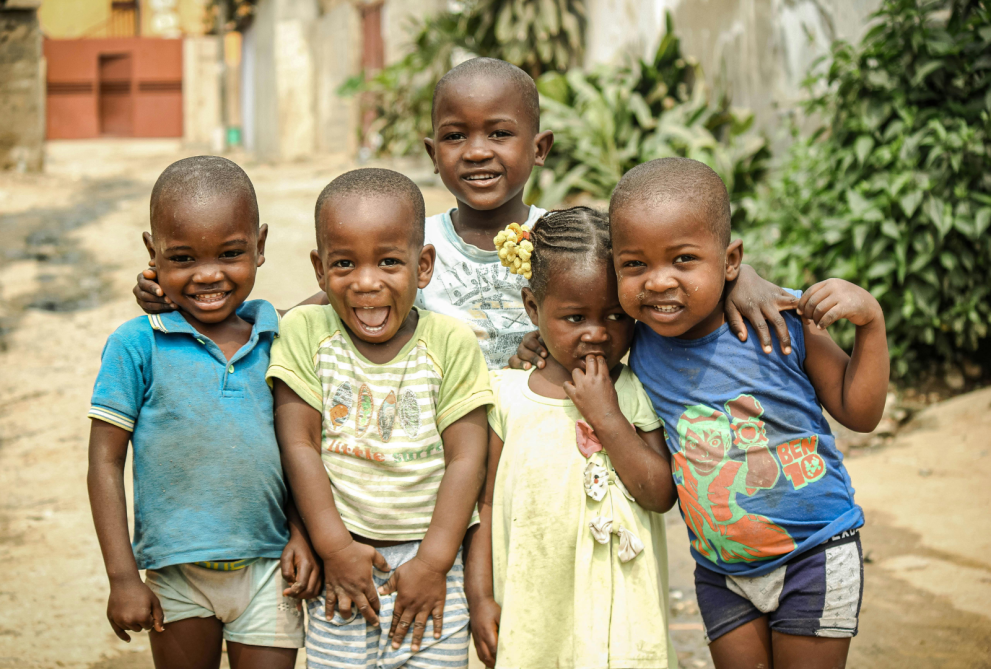
The CHAPAS consortium revealed a game-changing advancement in paediatric HIV care: a new second-line antiretroviral treatment regimen that is more effective, easier to use, and has longer-term health benefits for children, compared to current alternatives. This breakthrough offers renewed hope for children whose first-line therapies no longer work, marking a critical step forward in improving HIV treatment across Africa.
In a study published in The New England Journal of Medicine, children treated with new antiretroviral combinations, specifically tenofovir alafenamide (TAF) and dolutegravir, showed superior viral load suppression compared to older second-line options such as abacavir (ABC) or zidovudine (ZDV) plus lamivudine (3TC), establishing this combination as a more effective second-line HIV treatment option for paediatric patients.
This achievement marks the latest milestone in over two decades of pioneering work by CHAPAS, a clinical trial group supported by EDCTP grants across all three of the EDCTP programmes, dedicated to addressing one of global health’s most pressing challenges: ensuring safe and effective HIV treatment for children.
A response to an urgent need
Launched in 2004 with funding from the first EDCTP programme, CHAPAS started small. Over twenty years later, it stands as a true example of impactful programmes shaping international guidelines and improving real-world treatment across the continent.
When the first CHAPAS trial began in Zambia in 2005, appropriate first-line antiretroviral treatment options for children were completely lacking in developing countries. Medicines were made for adults, with little consideration for how children would take them in the right dosage or how well they would work. CHAPAS took a practical, problem-solving approach. It tested child-sized drug formulations and explored how to make treatment adherence easier for children and families. The success of that trial laid the foundation for others supported under the second and third EDCTP programmes.
In later studies, such as the third CHAPAS project, researchers compared different first-line fixed-dose combination antiretroviral drugs for children, looking for options that were not only effective but also easier to use and more widely available. These results helped to update global guidelines and improve treatment standards in many countries.
Chapas Clinical Trials - Developing HIV baby pills. from MRC Clinical Trials Unit at UCL
A step forward in second-line treatment
As access to HIV treatment improved, new questions emerged, particularly around what to do when a child's first-line treatment stopped working. That’s where the fourth CHAPAS project came in.
The trial evaluated new drug formulations to optimise second-line treatment in HIV-infected children. It also examined how these new medicines interacted with other common treatments, such as those for tuberculosis, and how they affected children's health and development over time. This trial resulted in the breakthrough new treatment that opens this story.
Next steps: CHAPAS-5 and the future of paediatric HIV care
Now, as a Global Health EDCTP3-funded project, the fifth CHAPAS trial is preparing to launch. CHAPAS-5 will continue its mission in refining second-line antiretroviral treatment regimens and helping to ensure that children living with HIV across Africa have access to the best possible care.
By supporting CHAPAS from its earliest days to this upcoming fifth iteration, the EDCTP funding programmes have demonstrated the power of long-term, strategic investment in health research. Its funding has helped to build not just evidence, but African-led research capacity, policy change, and lasting partnerships between institutions.
As Global Health EDCTP3 moves forward, CHAPAS stands as a flagship example of what EDCTP enables: research that is collaborative, deeply rooted in local realities, and capable of delivering global health impact.
Resources:
- Musiime V, Bwakura-Dangarembizi M, Szubert AJ, et al. Second-Line Antiretroviral Therapy for Children Living with HIV in Africa. TheNew England Journal of Medicine. 2025;392(19):1917-1932. doi:10.1056/NEJMoa2404597. https://www.nejm.org/doi/full/10.1056/NEJMoa2404597
- Global Health EDCTP3-funded CHAPAS-5 project
- Story: HIV treatment: CHAPAS Trials - EDCTP
- Factsheet: HIV treatment for children: the EDCTP-funded CHAPAS trials
Details
- Publication date
- 15 July 2025
- Author
- Global Health EDCTP3 Joint Undertaking